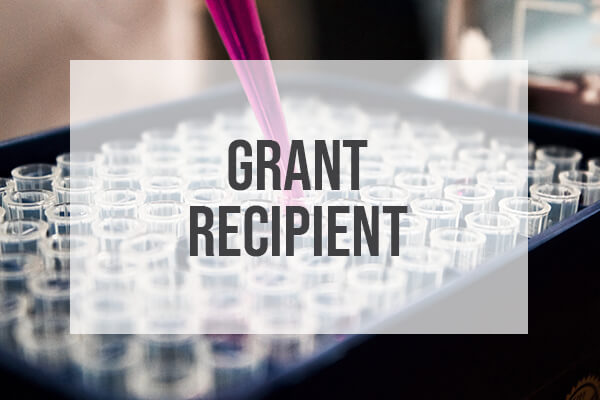Waikato Clinical School,
Peter Rothwell Academic Centre
Status
Recruitment completed, in the process of writing up for submission to peer reviewed journal.
Conduct of study
The study was truncated at 110 recruited subjects of a target of 120 subjects due to slow recruitment. Recruitment started in November 2015 and finished in October 2017. There were 3 arms of the study, one placebo group, and 2 active treatment groups, one receiving 0.2% ropivacaine and one receiving 0.5% ropivacaine.
In total, 218 patients were recruited pre-operatively for 110 patients to enter the study. The majority of the patients who were recruited pre-operatively and then didn’t enter the study (54) had their surgery completed laparoscopically and therefore were ineligible for the study.
Study recruitment was markedly slower than we were hoping for, mainly related to the large proportion of patients who undergo laparoscopic surgery at Waikato hospital. Additionally, the loss of the Gynaecological oncology service with the retirement of the surgeon reduced the recruitment rate.
Findings
The patients in the active treatment groups had lower average pain scores at rest and on movement than the placebo group for the first 2 days following surgery. After the first 2 days the difference in pain scores was no longer statistically significant.
The differences in pain scores was modest, an absolute difference of 2 points on an 11-point scale at rest and an absolute difference of 3 points on movement. The threshold for a clinically significant difference on this pain scale is usually considered to be 2 points.
There was a high failure rate of the PainbusterTM infusion catheters over the time course of the study with only about 50% of the catheters still in place and working at day 4.
Our other secondary outcome measures, which included opioid usage, patient satisfaction, time to mobilization and discharge, did not vary significantly between the 2 groups. Overall, patient satisfaction and their rating of their pain management was high in all groups.
Presentation of the findings
We have been active in presenting our findings with in the hospital, with presentations to the anaesthetic and surgical departments, and a feature on the research on the hospital intra-net. Additionally, the findings were presented to the NZ Society of Anaesthetists meeting in Rotorua in November 2017 and will form part of a presentation to the Australia Society of Anaesthetists in Adelaide in October 2018.
The findings are currently being written up for submission to a peer-reviewed journal.
Impact and future research
Overall, because of the only modest benefit demonstrated, the use of the PainbusterTM infusion devices has reduced in the department. Due to the high rate of failure over the 4 days that the catheters are expected to last, the surgical department is investigating different ways of dressing or securing the catheters.
We have introduced intravenous lignocaine infusions as an alternative mode of analgesia post-operatively for laparotomy patients. We aim to alter our infusion regimes for local anaesthetic in rectus sheath catheters to a larger volume intermittent bolus, rather than small volume continuous infusion as the PainbusterTM provides. The data set that we have collected in this study will provide important baseline data for further research.
Would you like to support the work of the Foundation?
Contact us for more information, or simply make a donation.




